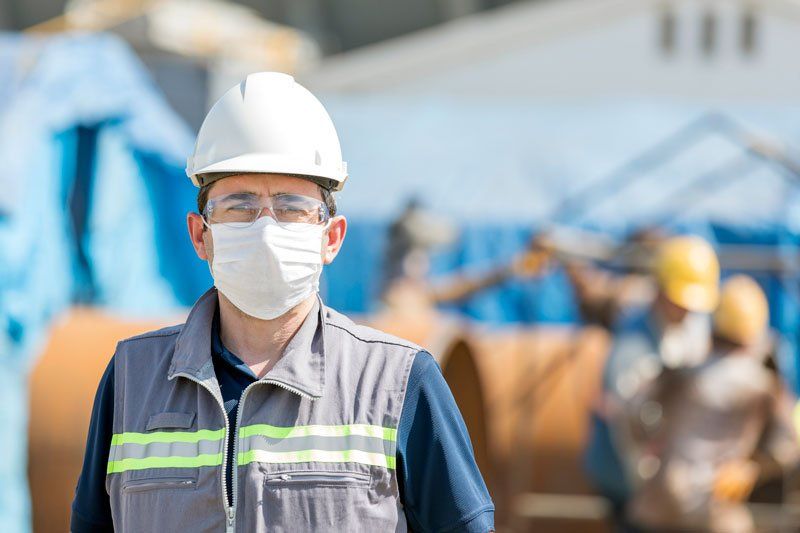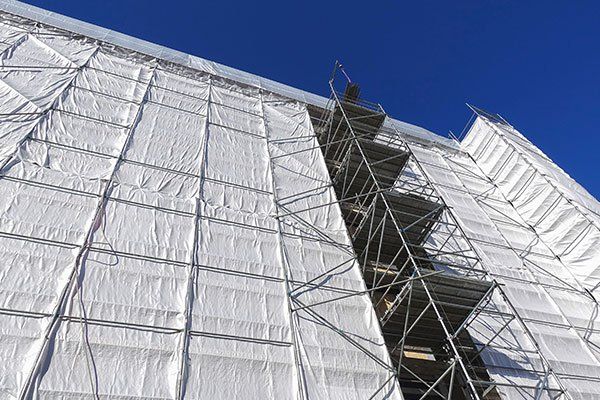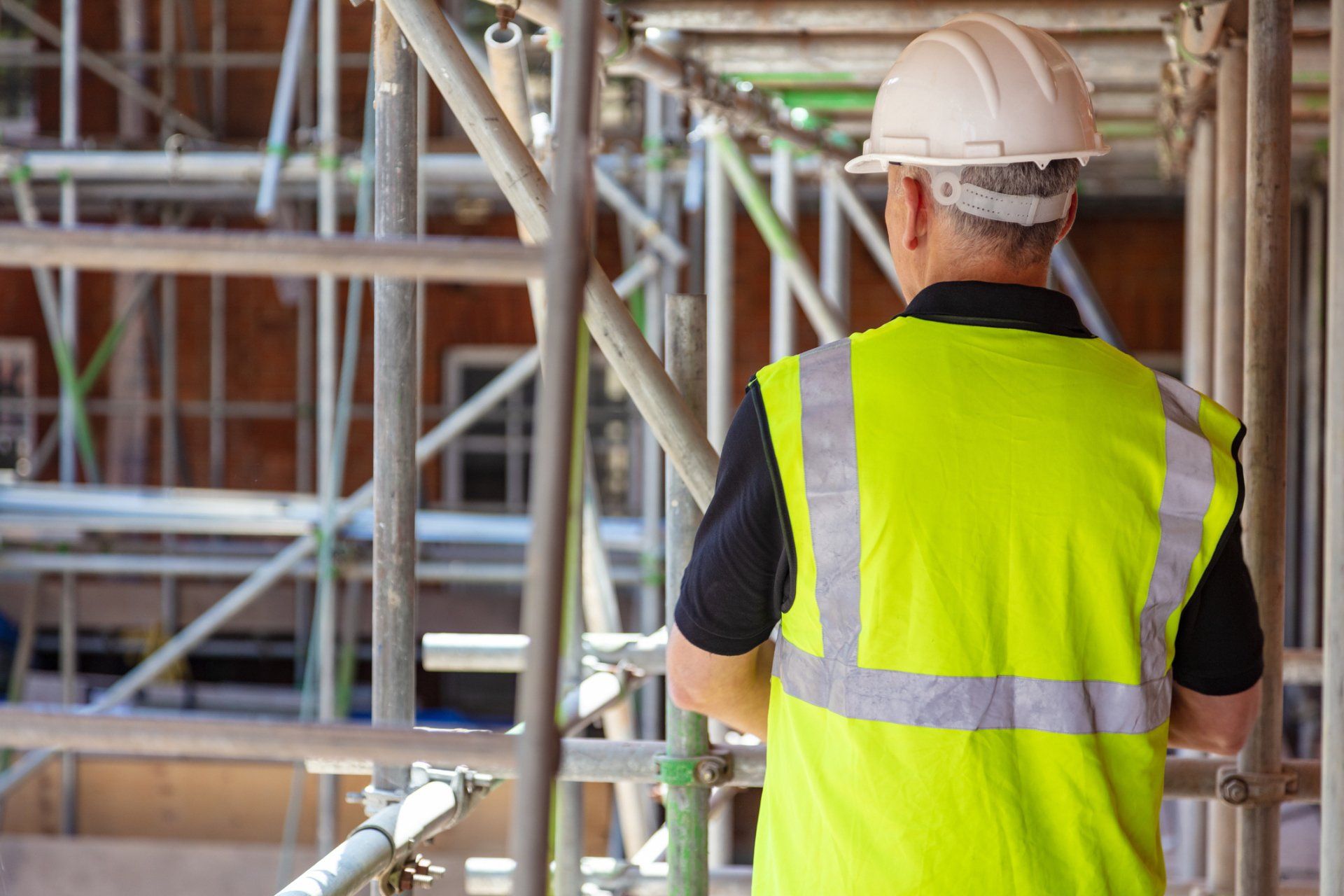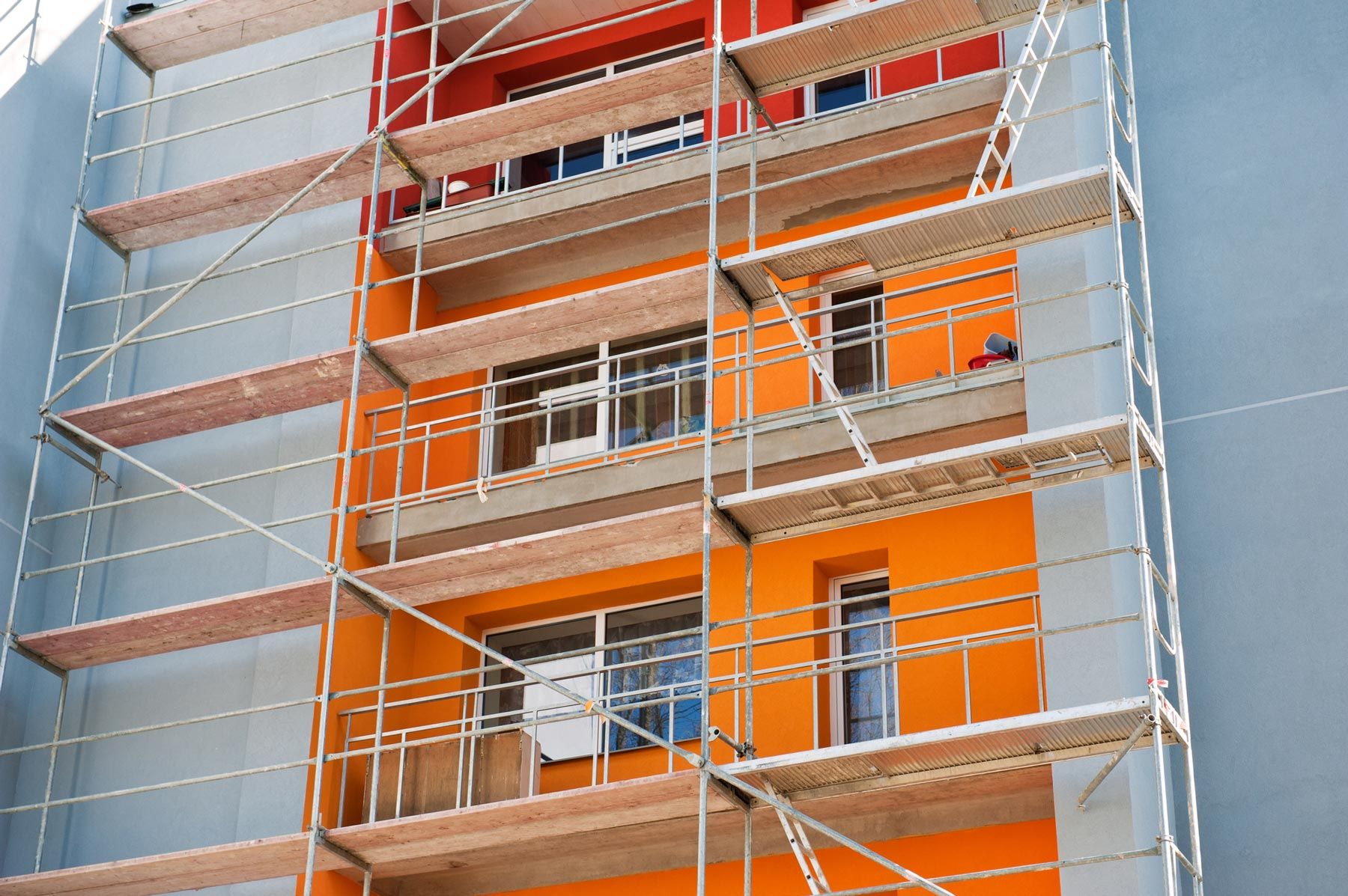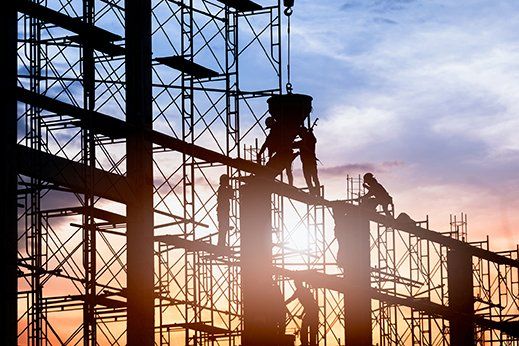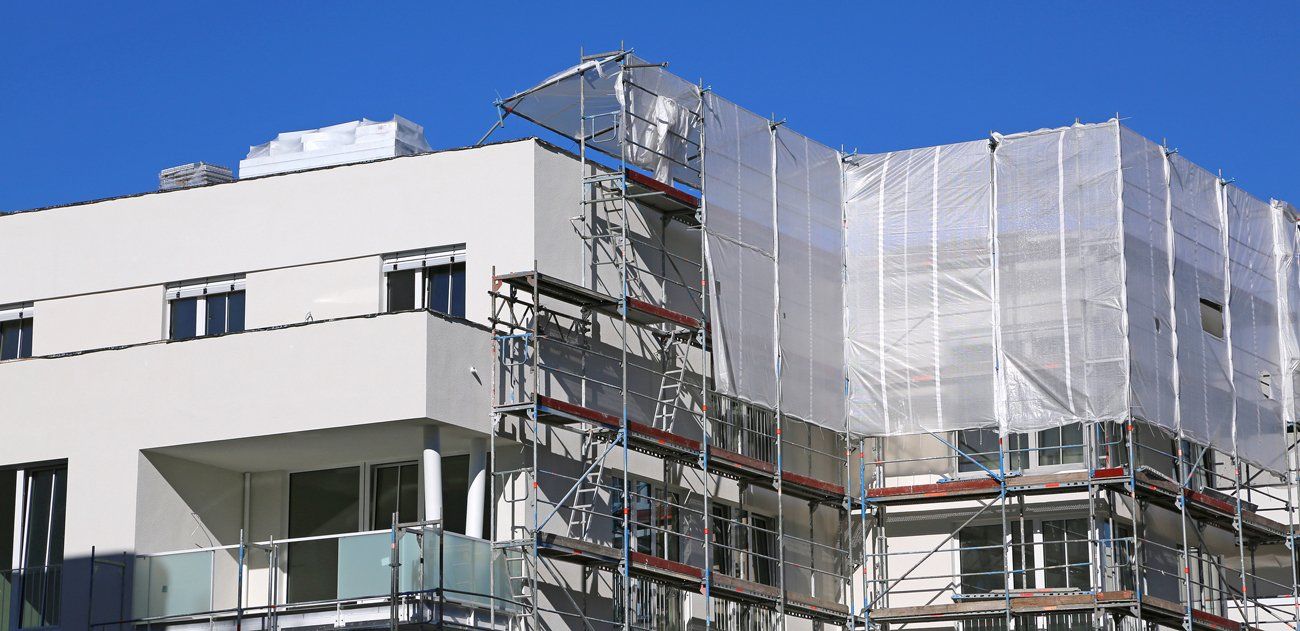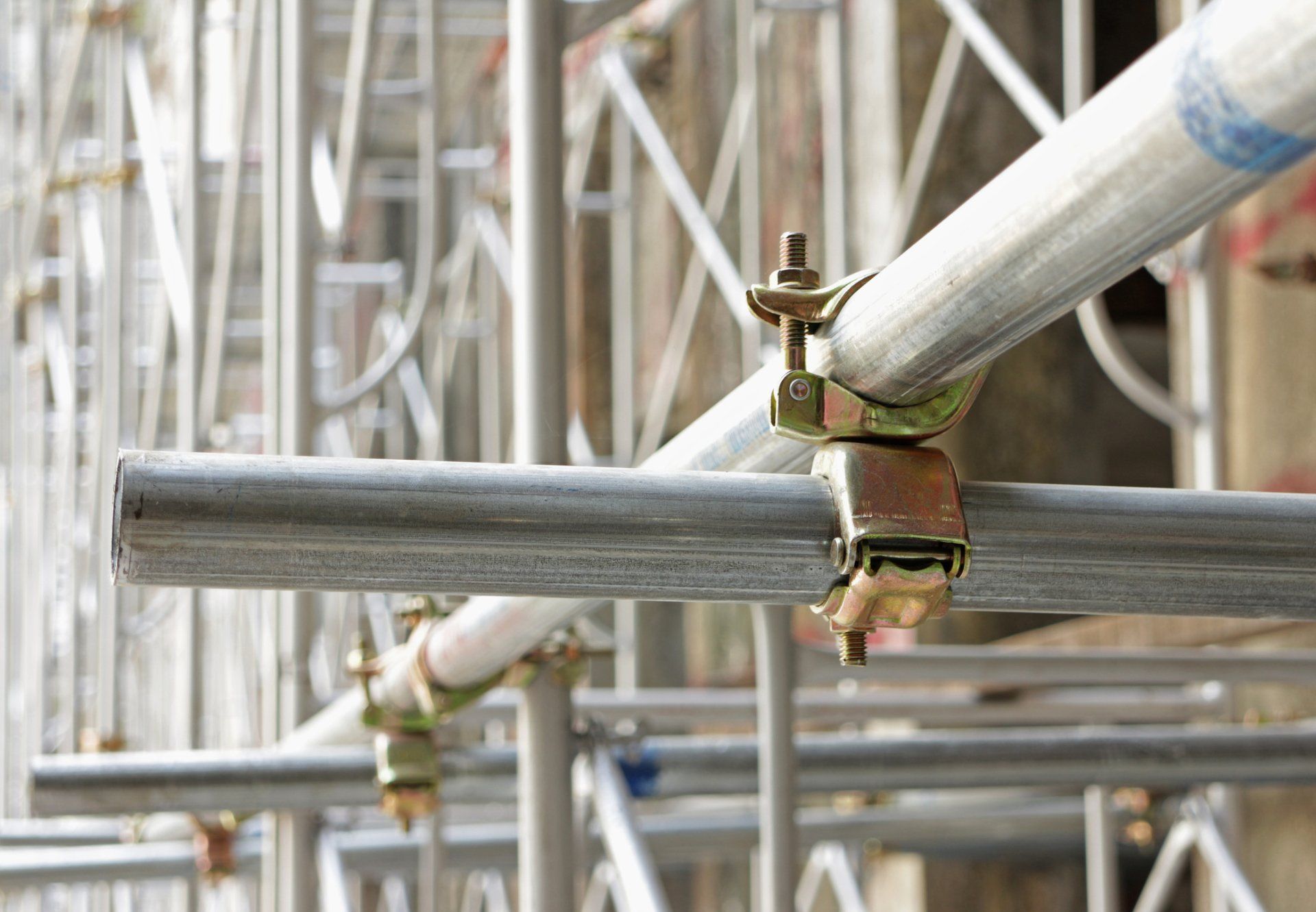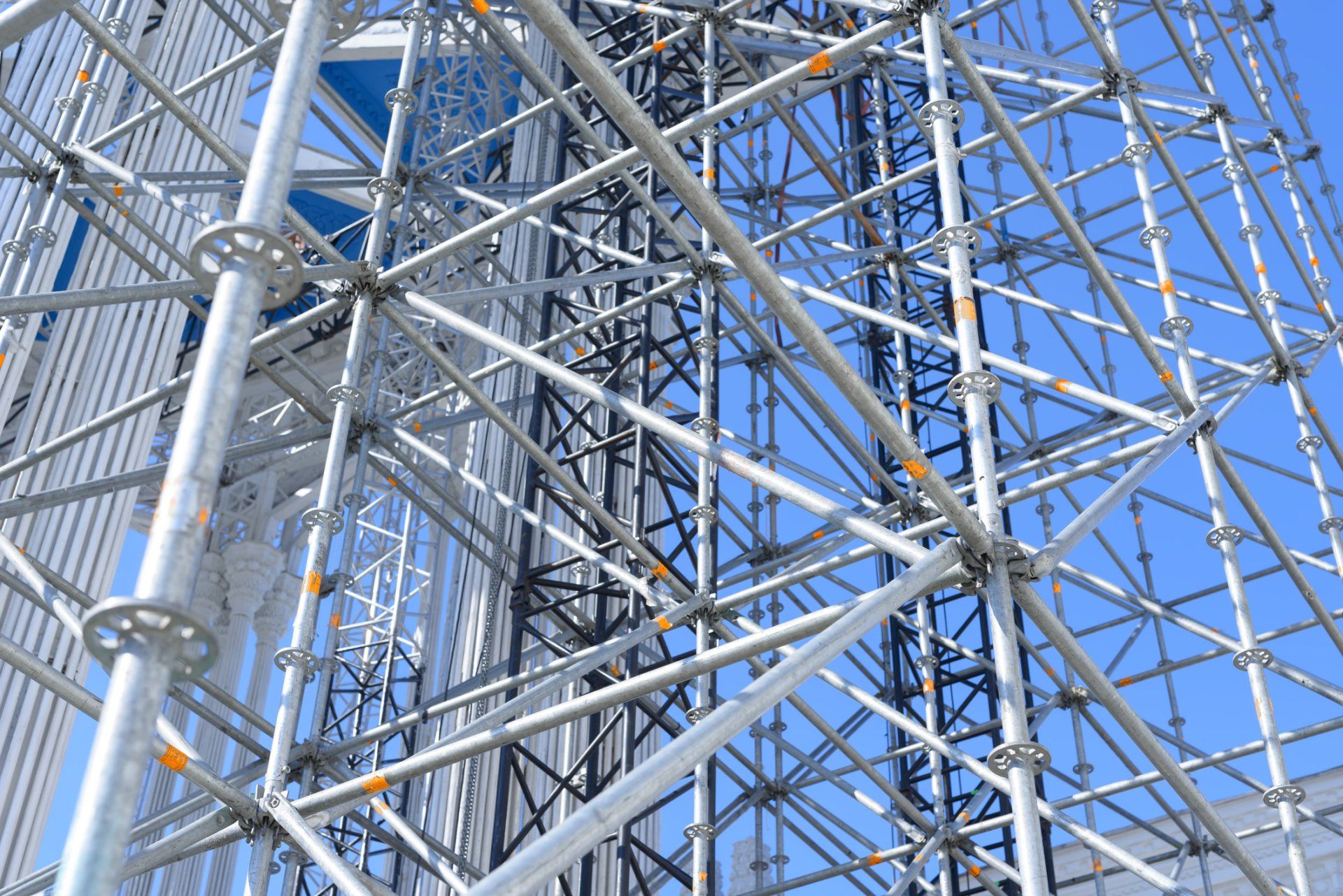Safety Do's and Don'ts When Using RollingScaffold Towers
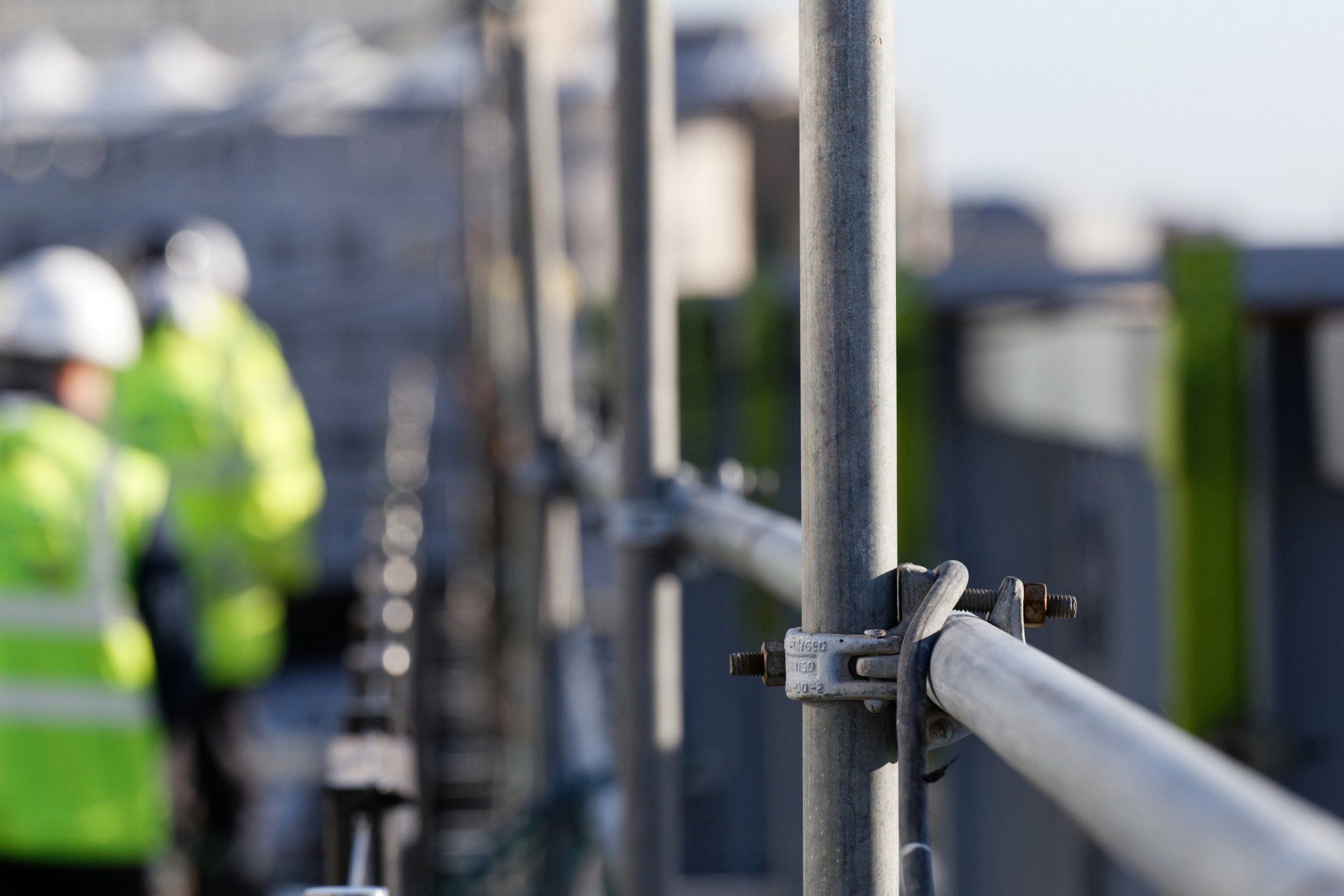
If you need to create a safe, elevated working area for a construction or renovation project, scaffolding is a versatile and cost-effective solution. However, most scaffolding configurations cannot be relocated once they are assembled. If you need to access several separate elevated areas, constructing an individual scaffold for each area can be time-consuming and expensive.
In these situations, a rolling scaffold tower can be the ideal solution. These free-standing scaffolds are fitted with heavy-duty casters and are easy to move from place to place without relying on powered towing equipment. They are also much cheaper to hire than other types of mobile access equipment.
However, using any type of scaffolding incorrectly can be extremely dangerous, and unsafe use of a rolling scaffold can put the lives of your employees at risk. If you plan to use rolling scaffolds for a future project, there are some specific safety do's and don'ts that must be observed at all times.
DO Clear Debris From the Working Area
Many accidents involving rolling scaffold towers are caused by loose debris, such as building materials, abandoned tools, and demolition debris. If a rolling scaffold collides with any debris while it is in motion, it may collapse, especially if is not fitted with suitable cross bracing. Toppling scaffolds can also cause catastrophic damage to any structures or equipment left in their path.
Keeping your working area free of debris is one of the most effective ways to improve rolling scaffold safety. Take extra care when you clear paths between different elevated working areas, and make sure that any other scaffolds in the area are fitted with suitable debris management equipment to prevent debris from accumulating. Debris netting and disposal chutes can be very helpful.
DON'T Use Rolling Scaffolds On Unsafe Surfaces
Unlike conventional scaffolding, rolling scaffold towers are free-standing structures. While guy ropes, outriggers, and other accessories can provide added stability, rolling scaffolds cannot be braced against nearby walls using wall braces or support needles. They must therefore be positioned on stable, level surfaces to be used safely.
The surface a rolling scaffold is placed on doesn't have to be perfectly level, and you can correct for minor gradients using adjustable leveling casters or leveling jacks. However, the surface must be able to support the weight of a rolling scaffold, plus workers and their equipment. Rolling scaffolds should never be used on bare soil, sand, or other surfaces that shift under heavy loads.
DO Use Proper Cross Bracing
Each vertical column of a rolling scaffold is fitted with an independent caster, which allows for maximum freedom of motion when you maneuver around a busy job site. However, this also means that each vertical column will move independently while the scaffold is in motion. If one or more of the casters strays too far out of alignment, the entire tower may lose its shape and collapse.
To prevent this, you should always fit suitable cross bracing to the vertical columns of your rolling scaffold. These braces are inserted between the vertical columns and prevent columns from moving out of alignment accidentally. These braces can also make your tower more wind-resistant if the weather turns against you.
DON'T Use Rolling Scaffolds Near Power Lines
Working around live power lines is always hazardous, but you should never attempt to use a rolling scaffold near any kind of power line or live electrical circuit. It can be very difficult to judge vertical clearance while you move a rolling scaffold, so trying to maneuver a rolling tower beneath power lines is both irresponsible and dangerous.
If any part of a moving rolling scaffold touches a live circuit, the electrical charge conducted through the metal scaffold can severely injure or kill anybody who comes into contact with it. Bear in mind that the guard rails fitted to most rolling scaffolds are also made of metal, so make sure to take the added height of the guard rail into account when you check for electrical hazards.
These are just some of the most important safety rules you should follow when you use rolling scaffold towers. For more advice on scaffolding safety measures and equipment, contact the scaffolding experts at Pacific Scaffolding Co. Inc.
